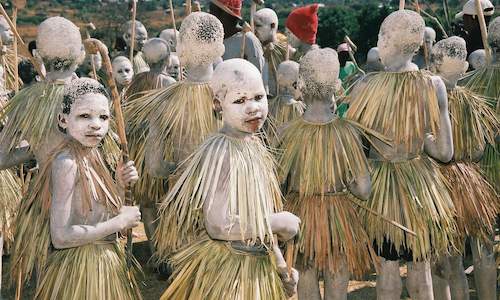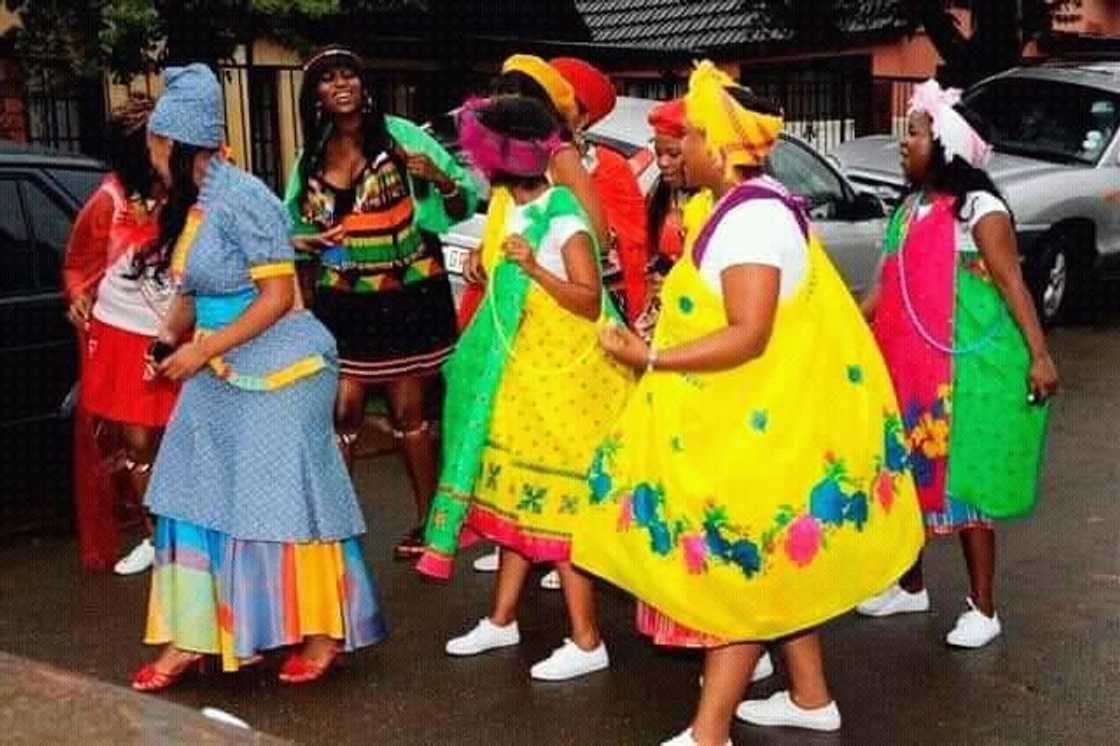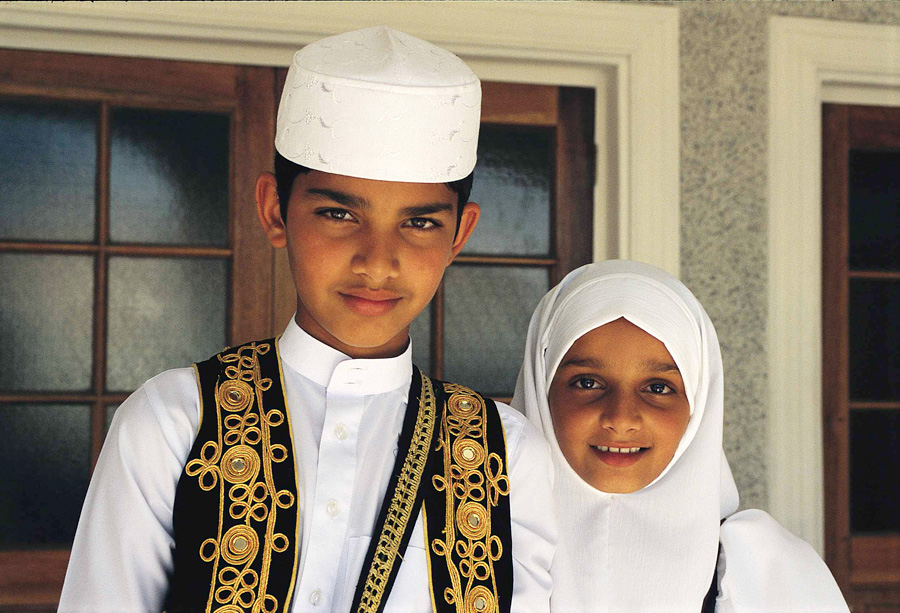Facts About South African Culture Today Revealed
Facts About South African Culture Today Revealed
Blog Article
Unknown Facts About South African Culture Today
Table of ContentsOur South African Culture Today StatementsSouth African Culture Today Things To Know Before You Get ThisThe Facts About South African Culture Today RevealedExcitement About South African Culture TodayThe South African Culture Today PDFsThe Ultimate Guide To South African Culture Today
A matter of significance in Zambian villages is the passing away of loved ones. All participants of the town placed cash, time and initiative together for the funeral of the deceased.Throughout the grieving duration; guys stay outside the house and the females stay inside the house of the deceased. After discussing the departed, the village strolls to the location of interment to say their last bye-byes. Songs and dance is a really vital facet of the Zambian society. The various tribal devices have their very own dance kinds; nevertheless, makishi prevails amongst all people.
All about South African Culture Today
When it concerns music, drums are made use of one of the most, with a selection of drumming ceremonies. In Zambia, bulk of the people are Christian; Protestant and Roman Catholic. There are small teams of Muslims and Hindus, with the rest adhering to neighborhood indigenous tribal ideas.

South African heritage and society is greatly varied, and consists of several groups of people that each have their own practices and ideas. Having such a diversity of individuals and cultures is what makes South Africa so unique. In truth sense of the expression, we are a rainbow country.
South Africa has around three hundred thousand Portuguese people residing in it. Making it the 7th on the list of nations with the most Portuguese individuals in it outside of Portugal. Portuguese is not just a culture, yet it is likewise a language and a nationality. Portuguese people stem from the country of Portugal in Europe, nonetheless, because of Portugal (like many other nations in Europe) checking out the globe and conquering various other countries throughout the 15th 20th centuries, South Africa has what we call Portuguese South African's living in it.
Some Known Details About South African Culture Today
Amongst the prominent features of the topography is a plateau that covers practically two thirds of the center of the country. The plateau complicated increases towards the southeast, where it culminates in the Drakensberg variety, component of a cliff that divides the plateau from the coastal areas. The Drakensburg includes Champagne Castle, the highest top in the country.
The region north of the Witwatersrand, called the bushveld, slopes downward from east to west toward the Limpopo River, which forms the international border. The western section of the plateau, the middleveld, also descends in the direction of the west and differs in altitude in between the highveld and bushveld. In between the Drakensburg and the eastern and southern shoreline, the land descends to the sea.
Nearer the shore there is a low-lying plain called the eastern lowveld. Southwest of the plateau the country becomes considerably much more dry, giving means to the hostile desert of the Great Karroo, verged on the east by the lower, better watered plateau of the Little Karroo. Dividing the completely dry southern interior from the sandy coastal of the southerly coastline and West Cape is one more range, the Langeberg.
Facts About South African Culture Today Revealed
The nation's racially, ethnically, and politically separated history has actually created national and subnational signs that still function as icons of the country, and others icons that are accepted just by certain teams. The monuments to white inhabitant occupation and political supremacy, such as the Afrikaner Voortrekker ("leader") Monument in Pretoria and the Rhodes Monolith honoring the British colonial realm builder and Cape prime preacher Cecil Rhodes, remain sectarian signs.
The first contemporary inhabitants were the San ("bushman") hunter-gatherers and the Khoi ("Hottentot") peoples, that herded animals (South African culture today). The San might have existed for hundreds of years and left proof of their existence in countless ancient cavern paints ("rock art"). Bantu-speaking clans that were the forefathers of the Nguni (today's amaZulu, amaXhosa, amaSwazi, and vaTsonga individuals) and Tswana-Sotho language teams (today's Batswana and Southern and Northern Basotho) migrated below east Africa as very early as the fifteenth century

Both previous republics of the Orange Free State and Transvaal (South African Republic) were find here developed by Afrikaner inhabitants who defeated and dispossessed the Basotho and Batswana. Lesotho would have been forcibly incorporated into the Orange Free State without the extension of British protection in 1869. The ultimate unification of the nation arised from the South African Battle (18991902) in between the British and the 2 Afrikaner republics, which minimized the country to mess up at the beginning of the twentieth century.
Afrikaners historically considered themselves the only real South Africans and, while granting full citizenship to all locals of European descent, denied that status to individuals of shade up until the democratic transition of 1994. British South Africans retain a feeling of social and social connection to Great Britain without compromising their identity as South Africans.
Some Known Facts About South African Culture Today.
The variety and fragmentation within ethnic groupings and the equilibrium of tensions in between those groups throughout the twentieth century stopped interethnic civil problem. While intergroup tensions over resources, entitlements, and political supremacy remain, those conflicts are as likely to match Zulu versus Zulu as Zulu against Xhosa or African versus Afrikaner.
From colonial India, British sellers and managers brought the curved steel ornamental roof coverings and slender shoelace work columns that still epitomize the verandas of cottages in communities and cities throughout the country. Houses of praise add an essential building aspect even in the tiniest towns. In addition to the rising steeples and classic stonework of Afrikaans Dutch Reformed churches, Anglican churches, synagogues, mosques, and Hindu shrines give variety to the spiritual architectural scene.

Slaughtering and the brewing of traditional grain beer are vital in protecting the involvement and goodwill of the ancestors who are considered the guardians of good lot of money, success, and health. Indian neighborhoods preserve their native culinary practices and use them on Islamic and Hindu ritual and ceremonial celebrations. Afrikaners and Coloured individuals gather at weekends and unique celebrations at multifamily barbeques called braais, where neighborhood bonds are strengthened.
Because this was the key economic enterprise of both black Africans and white homesteaders, dispute between those groups focused on the ownership of grazing land and livestock. In 1867, the biggest ruby deposits worldwide were uncovered at Kimberley in the west main area. The wide range from those areas helped fund the exploitation of the best gold reef worldwide, which was uncovered on the Witwatersrand in 1886.
Little Known Questions About South African Culture Today.
This caused misunderstandings and intentional misrepresentation in the negotiations of white inhabitants and government authorities with African principals during browse this site the early american period (South African culture today). In the facility of African gets, some aspects of common and primarily "tribal count on" land period were preserved, and even in white country locations, forms of common period were still practiced in areas with African neighborhoods
After the autonomous change of 1994, programs for land restitution, redistribution, and reform were instituted, yet progression see this here has been sluggish. The white minority still regulates eighty percent of the land. Following agricultural land invasions in Zimbabwe, the Department of Land Matters has actually vowed to speed land redistribution.
Report this page